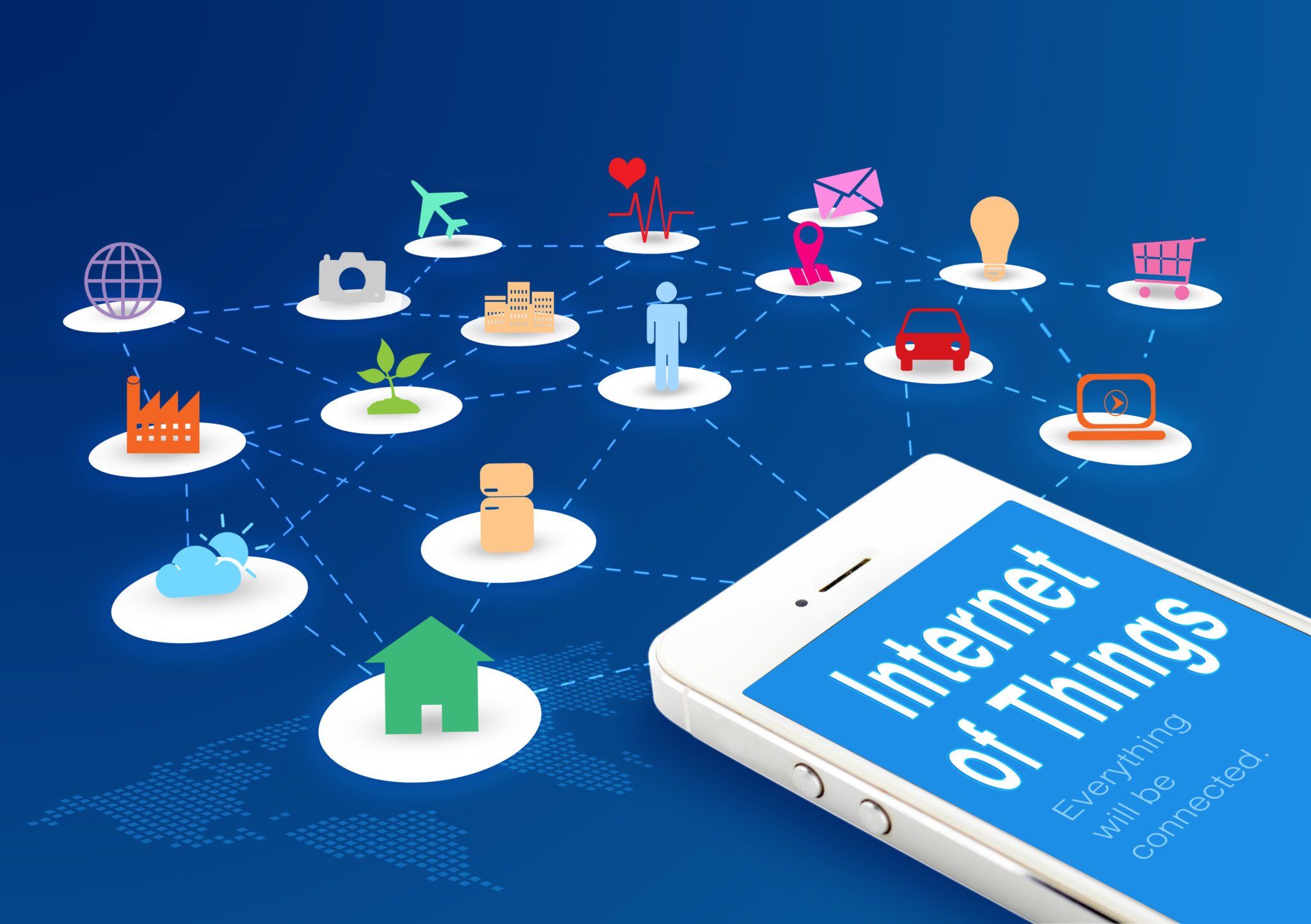Telecommunication is most commonly associated with inventions such as the telephone, fax machine, emails, and radio; essentially the ways in which we communicate on a daily basis. The global telecom industry is one of the fastest developing that the world had seen before, and there can be little doubt that technology has played a huge role in its ever-changing fac. With each invention, or a new idea, comes another wave in which the global population can communicate ideas, images, or conversation and it shows no signs of slowing, either. Then came along the Internet and various ways it changed the Telecom landscape, especially with the current Internet of Things (IoT) revolution.

The IoT has become increasingly visible and is growing at a phenomenal speed these days. The sensor technologies that make things “smart” are only part of the IoT. However connecting all these devices is what turns isolated pockets of technology into a network that generates and pools data in ways that lead to valuable insights. In this era of internet revolution, communication services treated their network providers as little more than “dumb network,” just providing bandwidth. The IoT revolution with its dramatic increase in strong, secure communication links offers the providers an opportunity to not only play a larger role but to create new value.
Internet of Things comes with a concept that everything around should be electronically integrated and interconnected which is all about gathering and sharing of data. Things like smart-phones, smart-watches, smart cars and smart homes are all on the rise, making the world around us unambiguous “smart”. The rise of smart and connected things from wearable activity trackers to connected cars to the electrical grid allows companies to compete not only on the functionality and performance aspect of their products and services but also on the information created by the use of these products or services.
Telecommunications is arguably the hub of the Internet of Things. Technology around us is communicating and helping us gather and share information and these technologies are evolving and making other technologies out-dated. Now days our lifestyle is around Internet of Things and many other objects that we interact with on a daily basis.
To develop connected and smart IoT based system for our country’s economy, society, environment and global needs. “ The Indian Government’s plan of developing 100 smart cities in the country. It has earmarked Rs. 7,060 crores in the current budget where IoT would play a key role in developing such cities. This could lead to a quick expansion of IoT in the country. Also, the launch of the Digital India Program by the Government, aims at ‘transforming India into a digital empowered society and knowledge economy which will provide the required impetus for development of the IoT industry in the country. The various initiatives proposed to be taken under the Smart City concept and the Digital India Program to setup Digital Infrastructure in the country would provide a boost the IoT ecosystem. IoT offers avenues for telecom operators & system integrators to significantly boost their revenues, which has resulted in fast adoption of IoT applications and services. Apart from direct IoT applications, the IT industry also has an opportunity to provide services, analytics and applications related to IoT.
The IoT will continue to have a massive influence on consumer and enterprise business models and on human behavior patterns, supporting a move from owning to renting assets on the consumer side, and for businesses to move from selling products to offering services. The M2M market is estimated to generate $7.1 billion in 2015. As per GSMA (GSM Association), the business impact of connected life is expected to be $4.5 trillion by 2020 for the global economy. The widening scope of M2M is seen in sectors like healthcare, education, auto, agriculture, security, surveillance, etc. The Smart Cities project is further expected to boost the IoT and the Internet and communication technologies market in India. Telecom is a core backbone for all these technologies to be successful.
In conclusion, the mid-nineties gave the industry “The Internet” which gave the next big jump to the industry. Now Internet of Things is the next major trend that will impact the industry with connected devices playing a major role. It will add billions of new connected data sources globally by 2020. India is at the apex of a digital revolution where it requires a regulatory impetus to realize this vision. Although India aspires to become a digital economy ensuring connectivity across the length and breadth of the country, the blues of the telecom industry are hindering its true potential. In this time frame, creation of an investor friendly environment is one of the principal requirements for innovation and progress in the telecom sector.





